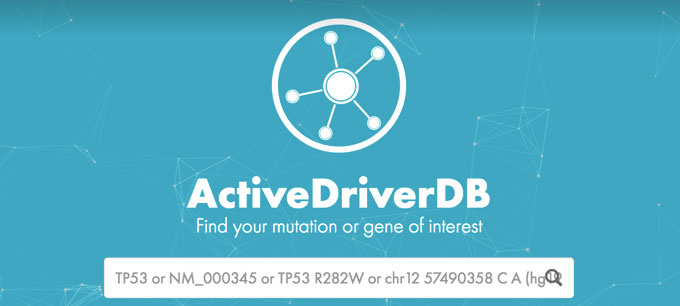
Find part 1 here: Open source in open science: Accelerating cancer research
OICR researchers have contributed to major open source projects available to the global research community in order to accelerate cancer research. Click the link below to read about more of OICR’s open source software projects.
Nanopolish

An open source software package for signal-level analysis of Oxford Nanopore sequencing data.
The details: Nanopolish presents solutions for common sequence analysis tasks and challenges. This open source software package was created to ‘polish’ a genome assembly by correcting for sequencing errors. The package can also detect base modifications, and call single nucleotide polymorphisms and indels with respect to a reference genome. Overall, Nanopolish presents new tools and new ways to look at genomic sequencing data quickly and reliably.
Who should use it: Nanopolish is primarily used as an analysis tool for Oxford Nanopore sequencing data. Noteworthy applications of nanopolish include tracking Ebola with portable sequencers and sequencing the human genome using a pocket-sized device.
ActiveDriverDB

An open source database for visualizing and exploring mutations that affect post-translational modification (PTM) sites in human proteins and genes.
The details: In the pursuit to better understand diseases like cancer, genetic mutations that affect PTMs have been extensively studied. Often, however, this knowledge is difficult to access in literature and the supporting data are scattered amongst databases. ActiveDriverDB is a point-and-click resource for studying PTM-associated mutations. It provides detailed visualization, filtering, browsing and searching options to help researchers access the information they need more efficiently.
The database’s source code is also entirely open source – available for use in different fields of study.
Who should use it: Novice users of ActiveDriverDB can browse gene lists with PTM-enriched disease mutations. Researchers can use ActiveDriverDB to investigate their genes of interest, upload candidate variants from their sequencing experiments and export high-quality figures. Computational biologists can use ActiveDriverDB API to automatically analyze variants and download entire datasets.
MISO LIMS

An open-source lab information management system (LIMS) designed to track next-generation sequencing experiments.
The details: Next-generation sequencing experiments require efficient storage and tracking of genomic metadata. Commercial information management systems often lack the flexibility and support capabilities required for the rapidly-evolving field of cancer research. MISO (Managing Information for Sequencing Operations) is an open-source LIMS for recording sequencing metadata. MISO provides an easy-to-access, easy-to-use, flexible and stable solution to track progress of lab samples from tissues through sequencing.
Who should use it: MISO is packaged in easily accessible Docker containers – freely available for use and modification by small-scale and large-scale sequencing centres. MISO has been used extensively at OICR to support teams such as Diagnostic Development and Genomics.
Keep up with MISO on Twitter at @misolims, or visit the MISO website
